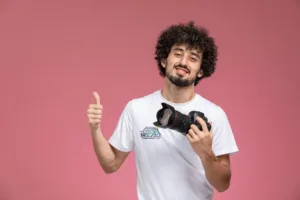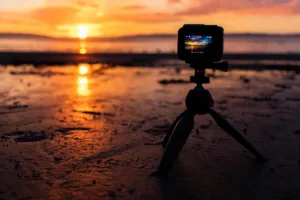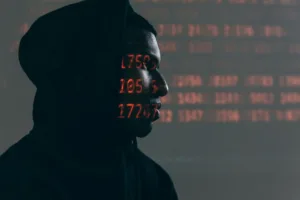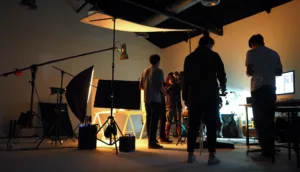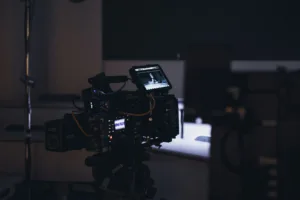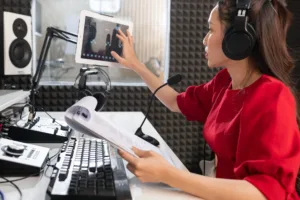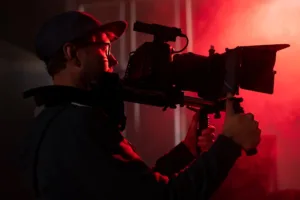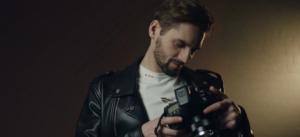What Is An Assembly Cut In Post Production?
The Assembly Cut: Essential First Step in Film Editing
Ah, the assembly cut – the first rough draft of a film, often described as a chaotic collection of scenes that don’t quite flow together yet. It’s the version of the movie that’s usually a bit of a hot mess, with scenes running long, awkward transitions, and raw footage that hasn’t been polished. But don’t let this scare you—it’s all a vital part of the post-production process. Despite its initial disorder, the assembly cut is a crucial step in the filmmaking journey. So, what exactly is an assembly cut, and why is it so important?
What is an Assembly Cut?
An assembly cut is the roughest version of the film, cobbled together using all of the footage shot during production. Unlike the final cut, trimmed, polished, and cohesive, the assembly cut includes everything. This means every take, every angle, and every shot that was filmed, even those that didn’t quite land the way the director might have hoped. It’s a collection of raw materials, from the best performances to the mistakes and everything in between.
The assembly cut doesn’t concern pacing, sound design, or special effects. It’s about assembling — hence the name—all the elements to see what’s there. It’s the most literal interpretation of the film script brought to life without any editorial decisions.
Why Bother with an Assembly Cut?
You might ask yourself, “Why bother with an assembly cut? Wouldn’t it make more sense to just jump straight into creating the final cut?” That’s a valid question, but here’s the thing—the assembly cut serves as an essential blueprint for the editing process. It allows the editor, under the guidance of the director, to step back and take in the entire scope of the film, gaining a sense of the raw material they’re working with.
At this stage, the editor can start identifying what works and what doesn’t. Is that scene as powerful on film as it seemed on set? Does the pacing feel right, or are there awkward lulls? The assembly cut acts as a sandbox for experimentation, where editors and directors can play with different sequences and storytelling techniques, without the pressure of creating a perfect final product. It’s a learning process, a journey of discovery that every filmmaker goes through. It also helps in deciding which takes and camera angles should be used, what transitions make sense, and where the emotional peaks and valleys of the film should fall.
In many ways, the assembly cut is like a sculptor’s block of marble. The film is there but needs to be carefully carved out by removing the excess and chiseling down to the core story.
The Roughness of the Assembly Cut
The assembly cut is rarely presentable to an audience. It’s usually much longer than the final cut, sometimes by hours. The pacing can feel disjointed, scenes might be out of place, and the absence of sound effects, color correction, and other post-production elements make it a jarring experience. It’s often referred to as a “skeleton“ of the movie, lacking the flesh that makes it feel alive.
You won’t find score, CGI, or visual enhancements in an assembly cut. Dialogue may not sync perfectly, and you might even hear stage directions or see placeholders for special effects that still need to be added. The magic is still missing, but that’s okay—the assembly cut isn’t about perfection.
The Purpose: Shaping the Story
The real beauty of the assembly cut is in its role as a decision-making tool. It’s not just a rough draft, but a powerful instrument that helps the filmmakers shape the story. It provides an opportunity to see the film, revealing what works and what doesn’t. Sometimes scenes that looked perfect on paper don’t work visually, and vice versa. Other times, it reveals that certain subplots or character arcs need more focus, or conversely, that some parts need to be cut entirely to streamline the narrative.
During this phase, some of the most critical storytelling decisions are made. Trimming down the assembly cut into a rough cut and eventually into a final cut allows filmmakers to craft the best version of their story. It also allows the editor to refine pacing, add rhythm to the narrative, and find the perfect emotional beats to keep the audience engaged.
Storytelling by Example
During the assembly cut phase, filmmakers often face pivotal storytelling decisions that can significantly impact the film’s narrative, pacing, and emotional resonance. Here are some examples of critical storytelling decisions that are commonly made during this phase:
1. Cutting or Trimming Scenes
- Example: A director may find certain scenes dragging down the pacing or don’t add much to the main narrative. A subplot that seemed important during production may feel unnecessary in the broader context of the film. Trimming or cutting these scenes helps tighten the story and maintain audience engagement.
- Impact: This helps focus the story on key events and character arcs, ensuring that every scene drives the narrative forward.
2. Restructuring the Narrative
- Example: Sometimes, after watching the assembly cut, filmmakers may decide to rearrange the order of scenes. A flashback initially meant for the film’s midpoint might work better as the opening sequence to provide context or emotional weight to the story.
- Impact: This can alter the audience’s emotional journey, creating suspense, deepening character development, or changing how key moments unfold for maximum effect.
3. Character Focus and Development
- Example: The assembly cut may reveal that a supporting character’s arc is more vital than initially anticipated or that a main character’s development must still be fully realized. Editors may decide to give more screen time to one character or shift focus to enhance character depth.
- Impact: This affects how audiences relate to characters, making them more sympathetic or compelling by giving them a more straightforward narrative arc.
4. Adjusting Pacing
- Example: A film might feel slow or rushed when viewed in its entirety for the first time. The editor can trim certain shots or extend others to create a smoother rhythm by identifying moments where the pacing is off.
- Impact: Proper pacing keeps the audience engaged and ensures that emotional beats land as intended, building tension or offering relief at the right moments. It’s like a conductor guiding a symphony, ensuring that every note is played at the right time to create a harmonious experience for the audience.
5. Refining Tone and Mood
- Example: The mood or tone the filmmakers were going for might come across differently than intended. For instance, a scene meant to feel suspenseful could lack tension. At this stage, filmmakers may tweak the timing or even plan to add sound design and music later to enhance the desired tone.
- Impact: This ensures consistency in how the film feels, whether suspenseful, dramatic, lighthearted, or intense, guiding the audience’s emotional experience.
6. Clarifying the Plot
- Example: During the assembly cut, it may become apparent that specific plot points need to be clarified or explained. The editor and director might add more exposition through voiceovers, dialogue, or additional footage (if available) to clarify essential story elements.
- Impact: This helps the audience follow the plot and understand key motivations, making the story more cohesive and less ambiguous.
7. Removing Redundant or Repetitive Elements
- Example: A scene or dialogue might repeat information the audience already knows, slowing down the narrative. The story can move more efficiently toward its conclusion by removing these repetitive elements.
- Impact: Streamlining the narrative keeps the audience focused on new developments and prevents unnecessary distraction or boredom.
8. Shifting the Emotional Focus of a Scene
- Example: A scene might be too subtle or, conversely, too over-the-top in conveying its emotional intent. Editors might use alternate takes, focus on different angles, or adjust the length of certain shots to enhance the emotional weight of a moment.
- Impact: Small adjustments can heighten or downplay the emotional significance of a scene, aligning it with the film’s overall tone and the director’s vision.
9. Balancing Action and Dialogue
- Example: If a film is too dialogue-heavy, the assembly cut may reveal that it slows down the pace, especially in action or thriller genres. Conversely, action sequences might feel overwhelming or too long without moments of respite.
- Impact: Striking the right balance between dialogue-driven scenes and action sequences keeps the film dynamic and engaging.
10. Deciding on the Film’s Opening and Ending
- Example: The assembly cut phase is crucial for determining whether the film’s opening grabs attention and if the ending provides a satisfying conclusion. Sometimes, filmmakers rearrange the opening sequence or create a more impactful ending by reshuffling scenes.
- Impact: The opening sets the tone and hooks the audience, while the ending leaves them with a lasting impression—essential for the film’s success.
11. Establishing Visual and Thematic Motifs
- Example: Certain visual elements or themes may start to emerge during the assembly cut. Filmmakers can emphasize or downplay these motifs by reordering scenes or cutting shots that don’t align with the emerging themes.
- Impact: Consistent visual or thematic motifs strengthen the narrative and can make the film more cohesive and meaningful to the audience.
12. Discovering Unintentional Humor or Tension
- Example: Sometimes, a scene that was meant to be serious may unintentionally come across as humorous, or a scene intended to be lighthearted might generate unexpected tension. The assembly cut helps identify these tonal inconsistencies, allowing the editor to reshape them for the intended effect.
- Impact: Ensuring the film’s tone matches the director’s vision is critical to delivering the desired emotional experience to the audience.
These decisions are fundamental to transforming raw footage into a well-crafted film that resonates with its audience. The assembly cut acts as a canvas for these critical decisions, guiding the filmmakers as they refine their project’s narrative, tone, and pacing.
Final Thoughts
So, there you have it—the assembly cut. It may not be pretty, and in many ways, it’s intentionally messy. But without it, the polished final product wouldn’t exist. It’s an essential phase of filmmaking, a rough draft that lays the groundwork for a beautifully refined final cut. Embrace the messiness, trust the process, and remember that the final version results from this careful, creative transformation. Like a sculptor honing a masterpiece from rough stone, the editor and director shape the raw footage into a work of art that audiences will ultimately love.
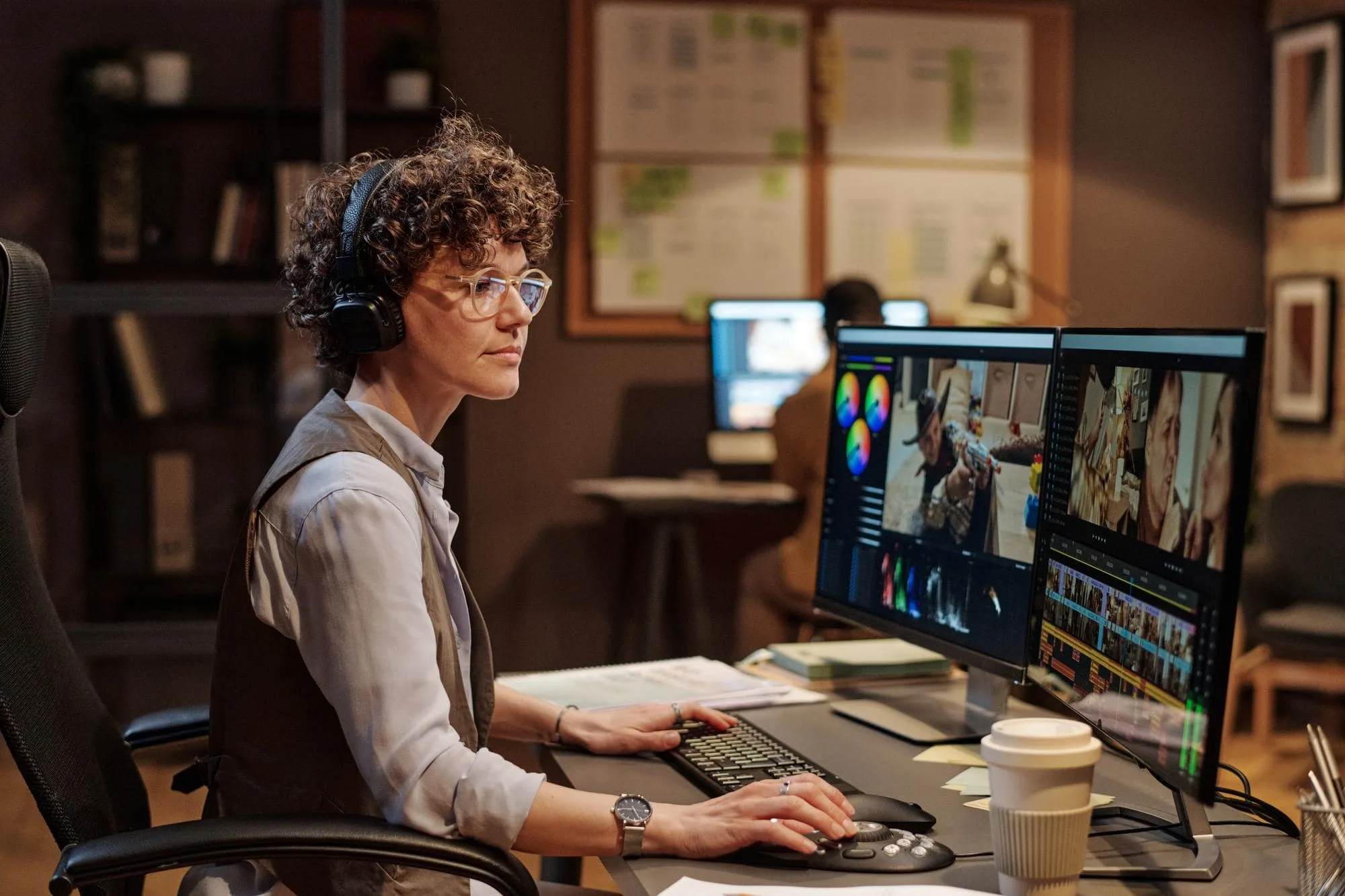
Of course, the assembly cut isn’t the final product. It’s usually quite long and rough around the edges, with no sound design or special effects. But it’s a crucial step in the post-production process, and without it, the final edit wouldn’t be possible.
So, there you have it – the assembly cut. It may not be pretty, but it’s an essential part of the filmmaking process. Embrace the messiness, and trust that with some careful editing, you’ll end up with a polished final product that you can be proud of.










